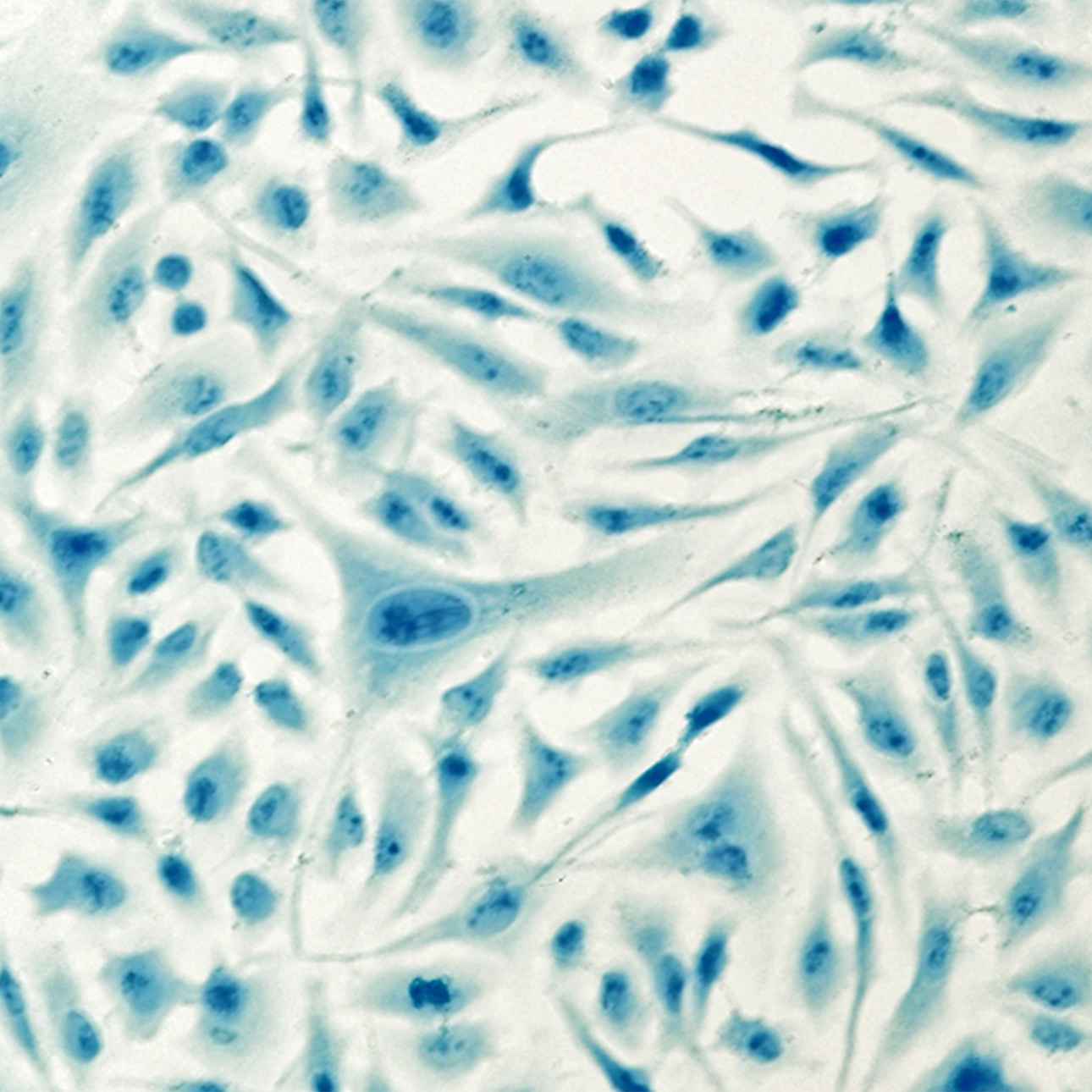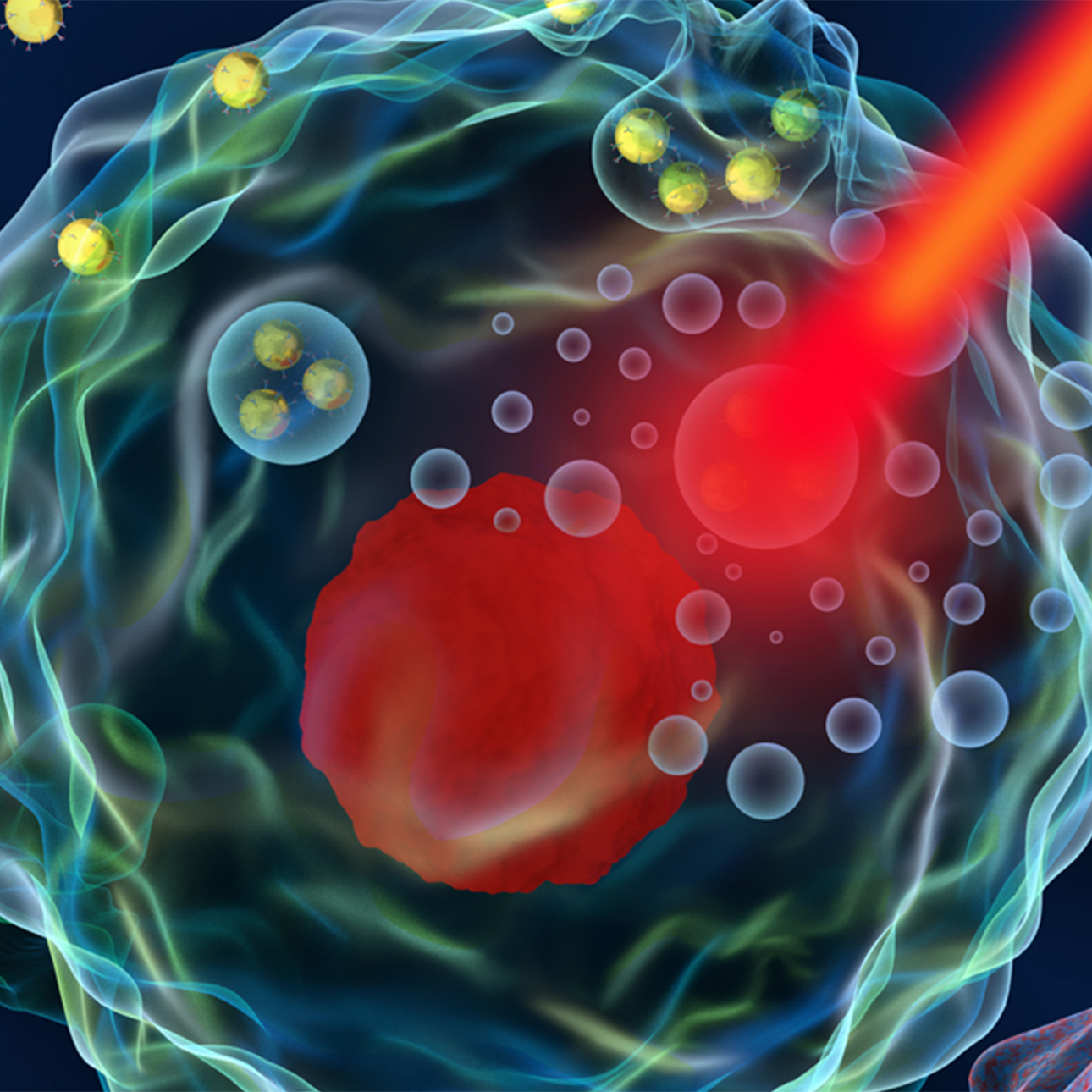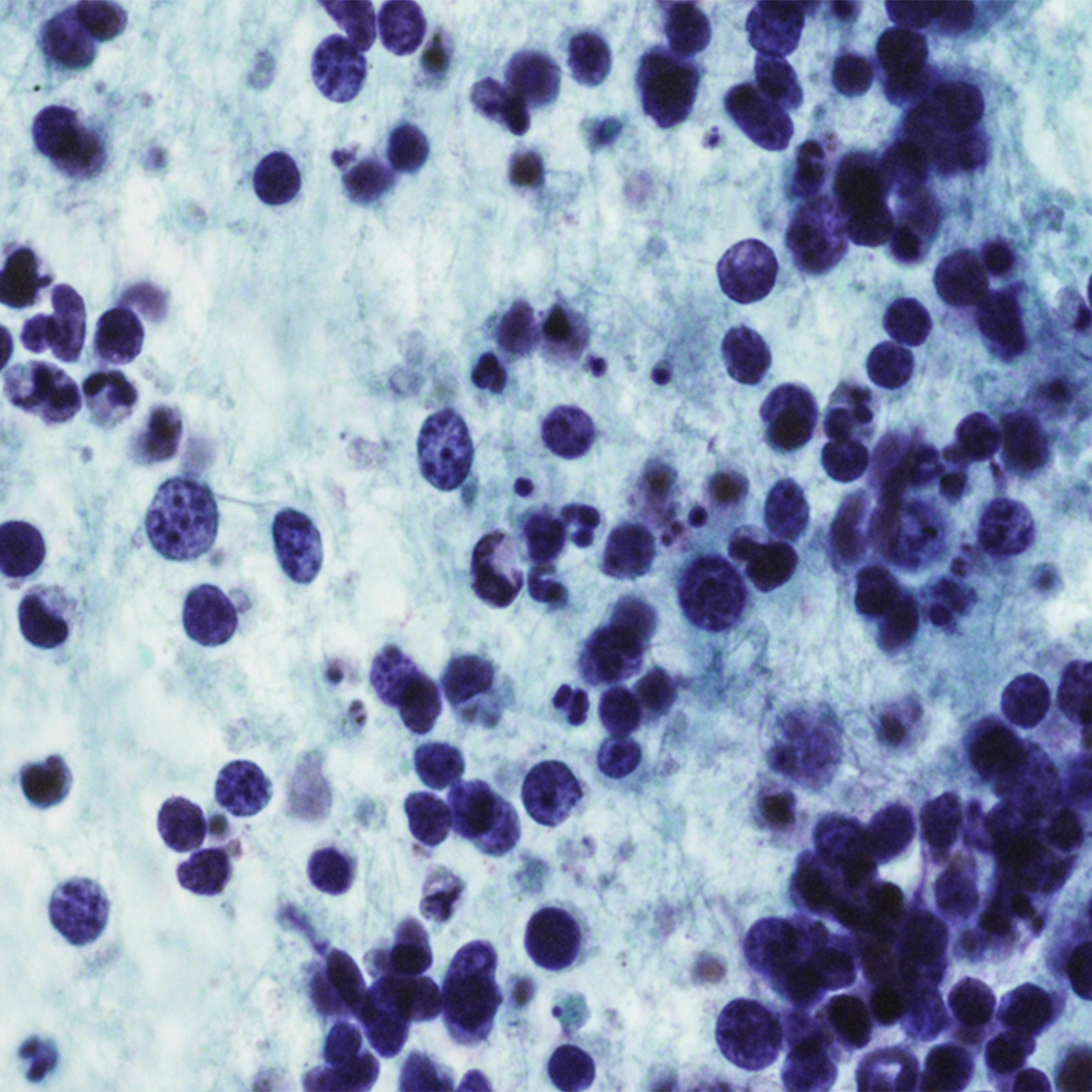
Loop electrosurgical excision procedure (LEEP)
This simple procedure can be performed in the doctor's office under local anesthetic. An electrically charged wire loop is used to remove the outer portion of the cervix containing the abnormal tissue. The tissue is then examined under a microscope to confirm that no cancer remains. In the great majority of cases, women are cured after one LEEP procedure and are soon able to return to their normal activities.
Cryosurgery
This procedure is performed in the doctor's office and usually does not require an anesthetic. A silver probe that has been cooled with liquid nitrogen is used to kill abnormal cells in the outer layer of the cervix.
Cryosurgery hysterectomy
The removal of the uterus through the abdomen or vagina is a major surgical procedure requiring at least an overnight stay in the hospital. There are very few reasons to perform a hysterectomy for pre-invasive lesions. It is sometimes used for women who have had more than one relapse and no longer have enough tissue to perform another LEEP.
Treatment of invasive cancer
The treatment of invasive cancer depends on the extent of tumor growth. If the tumor is small and confined to the cervix, a woman may be treated with either a radical hysterectomy or radiation therapy. When tumors are large or extend to adjacent tissues or lymph nodes, more intensive therapy is required, such as radiation therapy, sometimes with the addition of chemotherapy drugs.
Radical hysterectomy
This is the surgical removal of the uterus, the upper portion of the vagina, and the ligaments and connective tissues that hold the uterus in place. It's also common to remove the lymph nodes in the pelvic area during a radical hysterectomy, because microscopic cancer cells can spread to those lymph nodes and into the ligaments that hold the uterus in place.
It is not necessary to remove the ovaries in a radical hysterectomy, and the preservation of ovarian function is one of the benefits of this approach. This is important for younger women. Following a radical hysterectomy, a woman will no longer have menstrual periods and will not be able to have children. However, she will continue to have the female hormone estrogen in her body. When patients are properly selected for this procedure, the cure rate of cervical cancer is between 85 and 95 percent.
Radiation therapy
This treatment uses high-energy rays to damage cancer cells and stop them from growing. It's a localized treatment, which means that it works to attack cancer cells in one area. The radiation may come from a large machine: This is called external radiation. Or it may come from radioactive materials placed directly into the cervix: This is called implant radiation. Some patients receive both types of radiation therapy.
Chemotherapy
Drugs are most often used to kill cancer cells when cervical cancer has spread to other parts of the body. A patient may receive just one drug or a combination of drugs in cycles. Chemotherapy may be given by injection into a vein or by mouth. It's a systemic treatment, meaning that the drugs flow through the body via the bloodstream.
Biological therapy
This treatment focuses on strengthening the immune system so it can better fight cancer. Biological therapy may be used to treat cancer that has spread from the cervix to other parts of the body. Interferon is the most common form of biological therapy for cervical cancer and may be used in combination with chemotherapy. Most patients who receive interferon do so on an outpatient basis.
UCSF Health medical specialists have reviewed this information. It is for educational purposes only and is not intended to replace the advice of your doctor or other health care provider. We encourage you to discuss any questions or concerns you may have with your provider.
Treatments we specialize in
-

Brachytherapy (HDR & LDR)
Radioactive material is placed inside a tumor or very close to it to treat the tumor and spare healthy tissue.
Learn more -

Hysterectomy
Several hysterectomy surgical approaches are available to remove the uterus and resolve fibroid symptoms.
Learn more -

Hyperthermia (HT)
Heat is used to kill small cancer tumors and to enhance the effectiveness of radiation and chemotherapy.
Learn more -

Intensity-modulated radiation therapy (IMRT)
The advanced technique focuses strong radiation on the tumor and spares surrounding healthy tissue.
Learn more


















